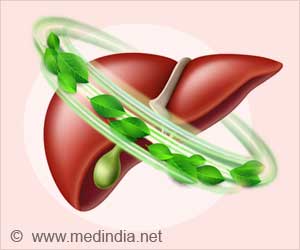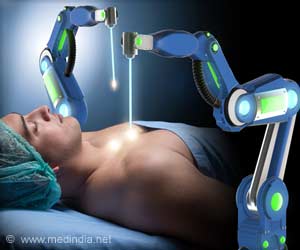An Indian Institute of Technology, Kharagpur alumnus says that bottom-up manufacturing may hold the key to designing tiny medical devices that have the capability of testing multiple molecules like viruses and cancer markers.
"Diagnostic chips can be made more useful by assembling, at predetermined locations on the chip, large numbers of nanowires pre-treated off chip. Using this new bottom-up method, our group has demonstrated that thousands of single wires can be successfully aligned and anchored to form tiny diving board resonator arrays," Nature Nanotechnology quoted Rustom B. Bhiladvala, who is currently an assistant professor at the Pennsylvania State University, as saying.The researchers point out that, though the traditional top-down process, which begins with silicon and carves nanoresonator devices from the material, works well and produces many devices that are nearly identical, it has several limitations. They says that the addition of chemical probes or other changes in the existing materials have to be done after the devices are fabricated on the chips.
In contrast, the research team says that the bottom-up method, though not producing identical devices, is more flexible.
The researchers say that in bottom-up fabrication, nanowires are manufactured off chips by using any inorganic or organic material that will produce nanowires.
They say that with the bottom-up approach, researchers can attach probe molecules to the wires off chip, using a variety of chemicals.
According to them, researchers can also attach each group of nanowires and their probes to the chips in the numbers and at the locations desired.
Advertisement
"Bottom-up fabrication is an entirely new nanomanufacturing approach and we need to create devices that have properties that match what we can now make using top-down fabrication. Our vision is to make large arrays of nano size devices with multiple probes for multiple targets by placing different groups of functionalised nanowires sequentially on chips," says Mayer.
Advertisement
SRM/L









